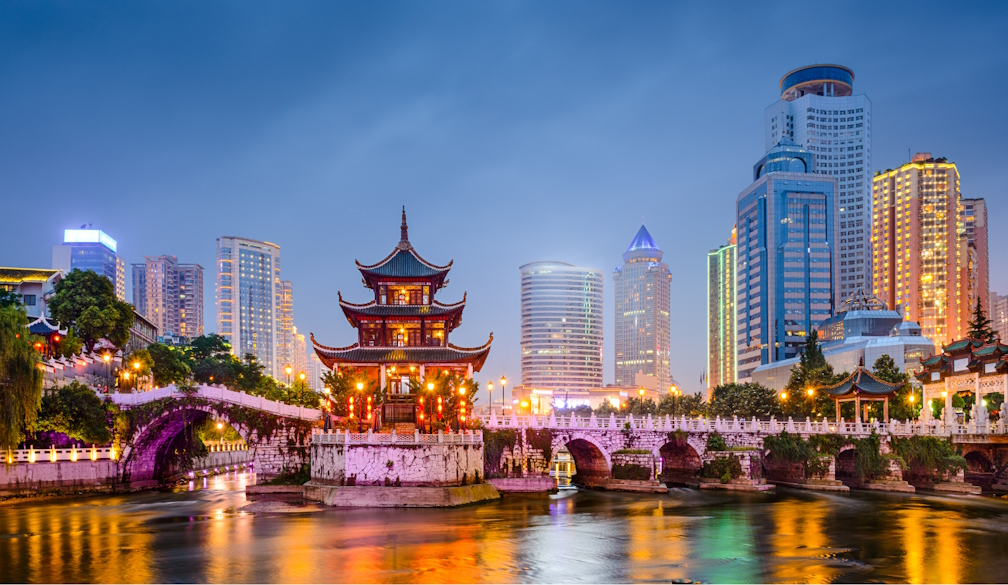China didn’t violate any rules with its live-fire naval exercises. So, why are Australia and NZ so worried?
- Written by Donald Rothwell, Professor of International Law, Australian National University

In recent days, the Chinese Navy conducted[1] two live-fire military exercises in waters near Australia and New Zealand, sparking concern in both countries.
The Albanese government lodged a diplomatic protest[2] with Beijing. China responded by saying it was “deeply surprised and strongly dissatisfied” by Australia’s response.
What exactly happened?
The presence of the People’s Liberation Army Navy (or PLA Navy) ships was well known. Australia’s Department of Defence put out a media release[3] on February 13 indicating it was “aware” of the three ships operating to the northeast of Australia.
Over the next week, the ships gradually made their way along Australia’s east coast through its exclusive economic zone[4] in the Tasman Sea, which extends 200 nautical miles (370km) from a country’s coastline.
On February 21, the PLA Navy gave short notice of its intent to conduct a possible live-fire exercise in the high seas between Australia and New Zealand. The next day, the ships conducted a second live-fire exercise[5]. A live fire exercise can take many forms, such as using live rounds against stationary sea targets or the testing of new weapons systems.“
Once Australia and New Zealand received China’s notification of its exercises, a maritime and air exclusion zone was created in the vicinity of the Chinese ships, and trans-Tasman commercial flights were diverted.
Both exercises took place in "international waters”, which means no country has sovereignty over them. Neither Canberra nor Wellington contested China’s right to conduct these exercises, as the 1982 United Nations Convention on the Law of the Sea[6] places no constraints on high-seas military operations.
The United States, for example, has conducted such high-seas weapons tests[7] in the past, causing Qantas flights across the Pacific to be occasionally diverted.
If they were legal, why were Australia and NZ upset?
Australian Defence Minister Richard Marles[8] was critical of the short notice China gave both countries of its intention to use live rounds of ammunition.
Typically, Marles said, standard protocol is to provide between 12 to 24 hours notice of such exercises. This allows enough time to warn other ships in the area and for airlines to divert their flights.
However, because the exercises took place in the high seas, the protocol is more ambiguous. This became the key point of differentiation with China. Beijing could argue its warships are under no legal obligation to tell anyone what they are doing on the high seas. As Defence Ministry spokesman Wu Qian said[9],
China’s actions are in full compliance with international law and international practices, and will not affect aviation flight safety.
This is also the first instance of China conducting Tasman Sea military exercises. As such, it poses a challenge for how Australia and New Zealand should respond to future Chinese conduct.
The PLA Navy has been sailing more frequently around the Australian coast and has observed Australian military exercises conducted with defence partners, such as Exercise Talisman Sabre[10] in 2023.
Why did China conduct the exercises here?
This is an important question since China could have just as easily conducted these exercises closer to its own shores.
Part of the answer lies in China having the capacity and capability to project its military force far beyond its own shores.
These types of activities are also important intelligence gathering exercises. Each Chinese Navy visit will give it more experience in waters where it does not frequently sail, while also gauging how Australia and New Zealand respond.
Given the increasing cooperation between China and some Pacific Island nations, such as the Cook Islands and Solomon Islands, we should expect[11] the Chinese Navy will become a more frequent visitor to the region.
What can Australia and NZ do about it?
As Australia and New Zealand are strong supporters of the rules-based international order on which the law of the sea is based, there is very little they can legally do to obstruct China. Nevertheless, three options are available.
First, enhanced air and naval surveillance of China’s activities in these waters is legally permissible. Constantly shadowing the PLA Navy in the South Pacific, though, would be a drain on stretched defence resources.
Both countries would also need to ensure their navies are not in the line of fire to avoid an accident that could spiral into a major conflict.
Second, Australia and New Zealand could work though bodies such as the International Maritime Organization and International Civil Aviation Organization to settle on agreed practices on how much advance notification is required for high seas live-fire tests.
Finally, both countries could push for negotiations on a regional “naval code of conduct”. Similar codes[12] have been agreed upon by both China and the US in the past. Incidents like this could prove to be a catalyst for more.
The South Pacific will increasingly be a strategically contested maritime space. Australia and New Zealand frequently deploy their navies for humanitarian operations in neighbouring Pacific states and engage in exercises with their military partners. The US Navy is also becoming more active in the Pacific Ocean and South China Sea to counter China, as are the navies of other nations, such as the United Kingdom, France and Japan.
With the potential for these various navies to be operating at the same time in the region, negotiating some basic “rules of the sea” would be a prudent and a helpful confidence-building measure to avoid a potential conflagration.
References
- ^ conducted (www.abc.net.au)
- ^ lodged a diplomatic protest (www.theaustralian.com.au)
- ^ media release (www.defence.gov.au)
- ^ exclusive economic zone (oceanexplorer.noaa.gov)
- ^ second live-fire exercise (www.abc.net.au)
- ^ 1982 United Nations Convention on the Law of the Sea (www.imo.org)
- ^ conducted such high-seas weapons tests (www.latimes.com)
- ^ Defence Minister Richard Marles (www.minister.defence.gov.au)
- ^ said (www.theaustralian.com.au)
- ^ Exercise Talisman Sabre (news.usni.org)
- ^ expect (pmn.co.nz)
- ^ codes (news.usni.org)

















